Through membrane movement interlacing there are more bass, due to the bass
horn mouth distance, there's no rise above 100 Hz. So the pressure chamber can
be kept extremely small, both horns are extremely small. Small is also the air mass
in the horn and the wall-to-wall distance inside the horn is short, the relatively
small cabinets also contributes to the fast, contoured bass reproduction.
| |
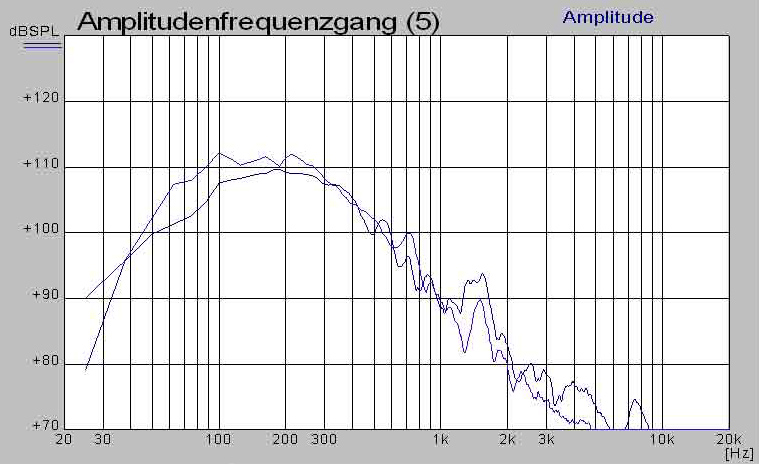 | | | | | | | |
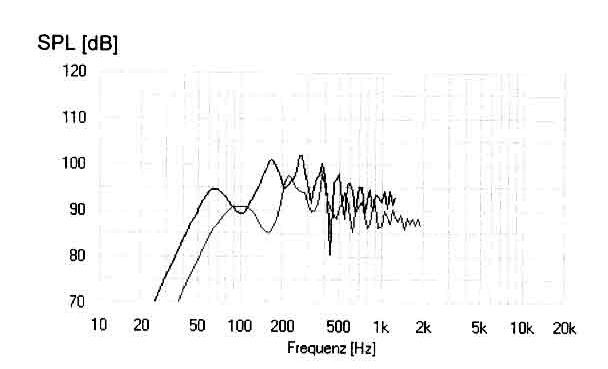 |
An attempt to explain
these graphs:
By way of parallel
operation of the two
different horns, the
driver of the long horn
controls the stroke of
the driver in the short
horn. The little horn
will not be acoustic short
circuited, but instead
creates sound pressure,
amazingly much, more
pressure than the long
horn below 40 Hz.
At the same time, the
impedance peak of the
lowest octave is eliminated
by non-interlacing,
below 50 Hz~4 Ohm.
See system horn mouth
measurement and single
simulation of the
CORNET and impedanz. | |
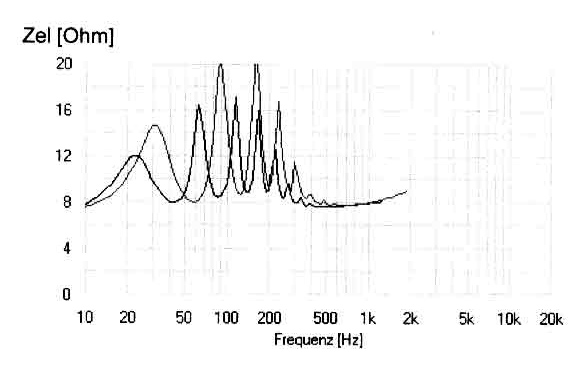 | |
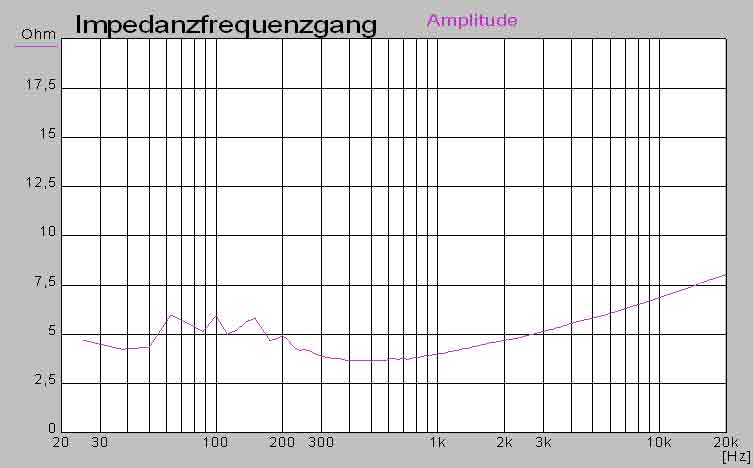 | |
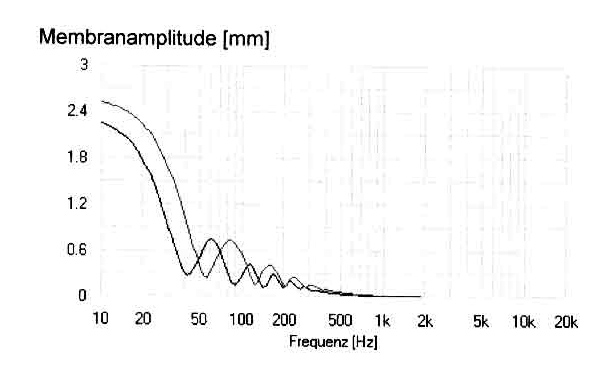 |
Membran movement
interlacing:
My haptic verifications
show a rather linear
membrane movement,
similar to a normal
distribution curve.
Which means a reduction
of "pressure changes",
and hence less mechanical
membrane stress and
maximized |